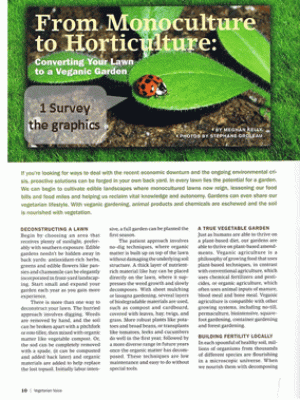Smart Reading
Reading for academic purposes is very different from reading for pleasure, or the other types of reading you may engage in at home or at work. It is not necessary to read from start to finish, or to concentrate on every word. We recommend surveying, skimming and scanning a text first to decide which sections are worth spending time reading more closely.
Surveying

During this stage, you should read quickly and search for clues that will help you to predict what is in the text. This helps you to select what you want to read more deeply.
The clues you need will be in any graphics or images provided, in the title and in the abstract. If the title makes you interested, glance through the abstract to see if there is information that will serve your purposes, and then quickly look at the headings to see what the author/s considered important in the article.
Surveying the text also helps you decide whether the text is suitable for your purpose and whether you should continue to read it, or reject it and search for something more useful. Surveying is often part of the searching process, so surveying all your texts will probably happen at the same time. Mentally order the texts so that the most interesting or relevant articles are at the top of your reading list.
When smart reading is useful
- Finding useful texts
- Determining if texts are appropriate/relevant for assignment purpose
- Pre-lecture reading
Scanning
Scanning involves looking for clues about how the information is organised.
- Don't stop to read anything in detail.
- Quickly run your eyes over the text looking at the title, headings, diagrams, captions under pictures, words in italics or bold print and bullet points.
You could think of this as interviewing the text to gain an idea about where to find the information that relates to your purpose.
Skimming
Skimming means reading quickly.

Skimming the abstract, introduction and conclusion gives you a general understanding of the text. To get more specific information and depending on the focus of your study, you would skim one or more of the other sections.
How to skim
Skim the literature review, methodolody, findings and discussions. We recommend that you set a timer for three minutes and aim to achieve the following:
- Skim the abstract (if there is one) to gain an overview of the contents of the text.
- Skim the introduction to give you the background and context of the topic, and an idea about the purpose of the text.
- Skim the conclusion, which usually tells you the main points that have been made, as well as the author's findings.
- Skim the discussion findings, literature review, and methods. This is our preferred order, but you will adjust according to your reason/purpose for reading. For example, if you want to replicate a research method, you would read the methodology before the findings.
During this process, you will also become aware of keywords and phrases that are repeated within the writing, which can help you to identify its focus.
Now it's time to read more deeply
Once you have thought about your reasons for reading a text and have a better idea about what it contains, it is time to read.
You should adjust your reading speed to suit your purpose. Slowly is not necessarily the best way to read.
Don’t always expect to understand the concepts being presented in scholarly texts immediately. You may need to read the text quickly once, and then more thoroughly. If the text contains important ideas in your subject area, you may need to read it a second or even a third time.